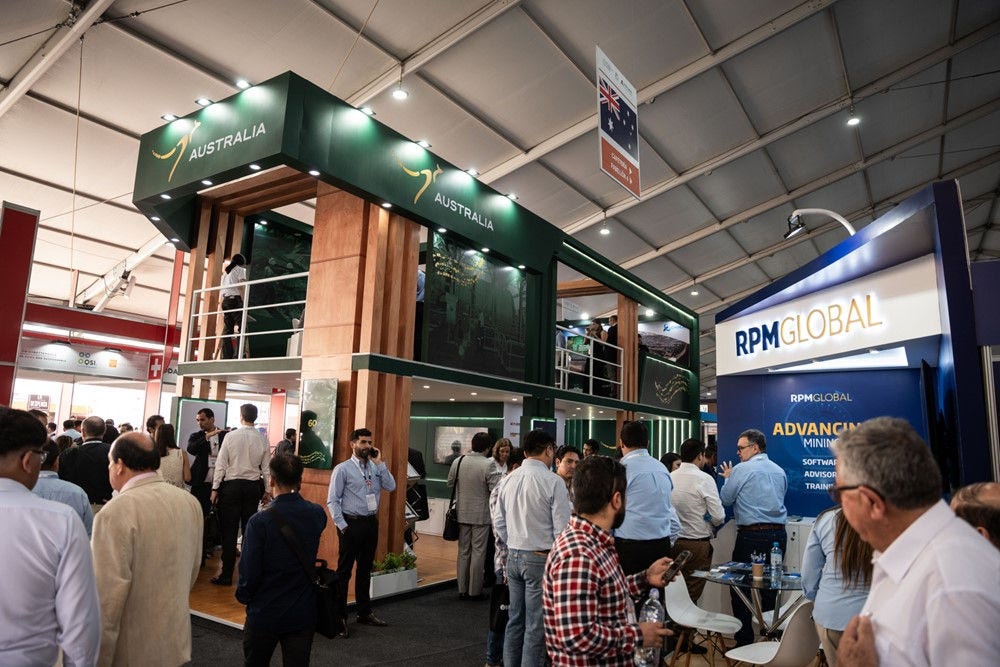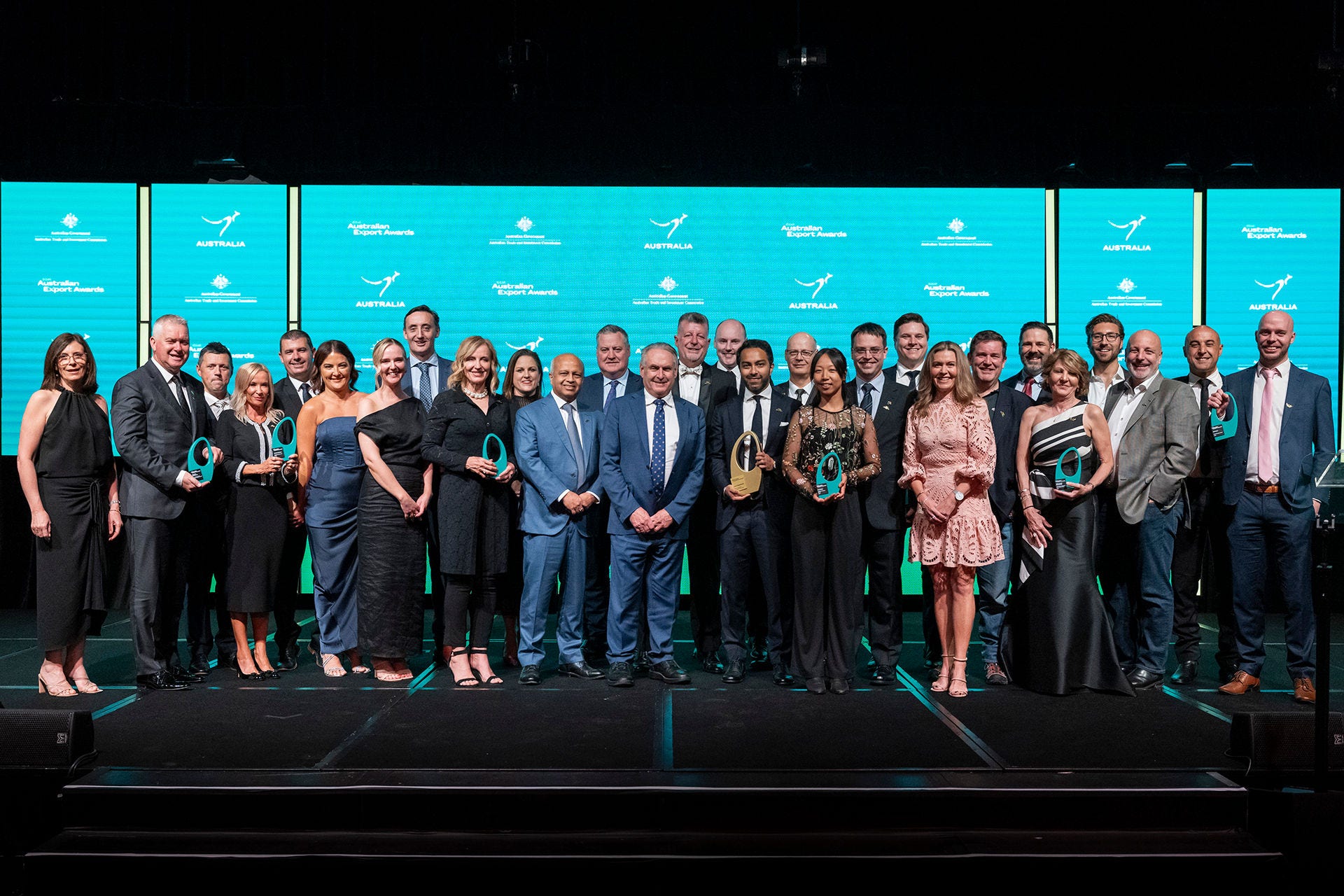The origins of Australia’s national colours
On Monday, 31 July around 30K fans piled into Melbourne’s Rectangular Stadium and watched as the Matildas tore around in their fresh blue, green and gold ‘away’ uniforms in a breathtaking contest where they defeated Olympic champions Canada four goals to nil.
Around 1.54 million people around Australia tuned in to Network Seven to support the Matildas with the Australians now set to progress to the next round of the FIFA Women’s World Cup™.
Australia’s Nation Brand was again on show at the halfway mark with the bounding kangaroo popping up throughout the game.
Today we take a look at where the Matildas and the green and gold began.
The Matildas
While records of women's football in Australia date back to the 1920s, the first Australian women's team was established in 1978 to take part in the first World Women's Invitational Tournament in Chinese Taipei. The team wore green and gold then but were not named the Matildas until 1994 – thanks to a viewer competition run by SBS and the Australian Women’s Soccer Association - ahead of the FIFA Women’s World Cup™ being played in Sweden in 1995.
For the FIFA Women’s World Cup 2023™, the Matildas’ home uniform is traditional: a swirling wattle gold shirt with emerald green trim. The away uniform is more contemporary drawing from the sea with a fresh aqua green, blue side panels and with yellow and green highlights.
Green & Gold
Green and gold have been Australia’s national sporting colours since the late 1800s. In 1899, the Australian cricket team wore the colours on their tour to England for the Ashes: traditional white with green and gold caps and blazers worn for the opening match with the gold symbolising Australia’s national flower: wattle.
Although the colours were worn by Australia’s Olympic team from 1912 and for international games played by Australian Football, Rugby League and Union teams, it was not until 19 April 1984 that green and gold were formally recognised as Australia’s national colours by Governor General, Sir Ninian M Stephen, with resounding endorsement from the community at the time.
Prior to 1984, Australia’s colour palette extended beyond the green and gold. It included red, white and blue reflecting our national flag and the first version of the Commonwealth Coat of Arms, as well as blue and gold - the colour of the wreath in Commonwealth Coat of Arms.
The symbolism of green & gold
But it was the hues of green and gold that endured. They are symbolic and closely tied to Australia’s unique environment: the gold conjures images of Australia’s golden sands, sunshine and sparkling oceans, its mineral wealth, grain harvests and the fleece of Australian wool. While green evokes the forests, eucalyptus trees and pastures of the Australian landscape.
These colours also form the palette of Australia’s Nation Brand which is inspired by the sun and Australia’s natural landscape. With Australia’s Nation Brand, the national colours of green and gold are reimagined to reflect our country’s premium goods and services.
Central to the brandmark is the golden kangaroo - globally recognised as Australian – and bounding ahead with momentum. Its body is formed by three boomerangs while a string of dots in the tail is designed in an Indigenous painted technique.
Co-created with Indigenous designers, Balarinji, the Brand elements are inspired by ancient stories from the Dreaming and embedded with a cultural richness that speaks distinctively of Australia.
The brandmark and more than 440 free marketing assets and style guide are available from brandaustralia.com and are intended to support Australian businesses promoting their product or service overseas, all designed with the intention of supporting any Australian business (with an ABN) promoting its products or services internationally. It is also for use by industry associations and organisations, and Federal, State, Territory, and local governments for use at home or internationally.
Go further, faster with Austrade and download Australia’s Nation Brand assets.
Photo by Mackenzie Sweetnam - FIFA/FIFA via Getty Images



